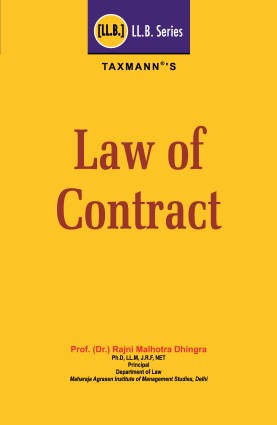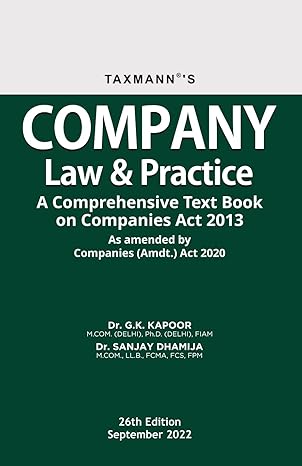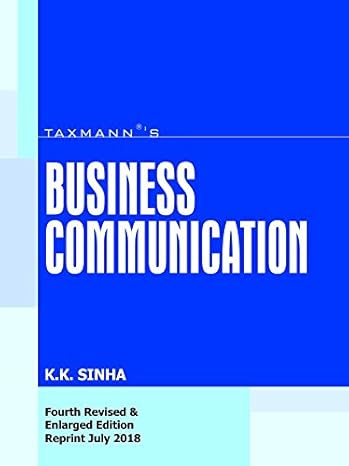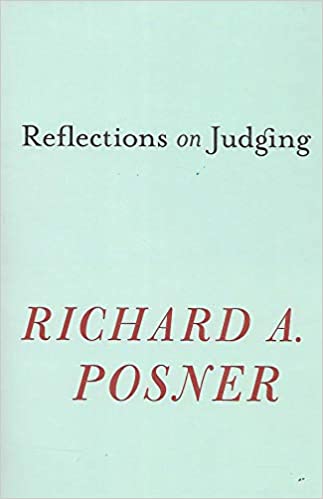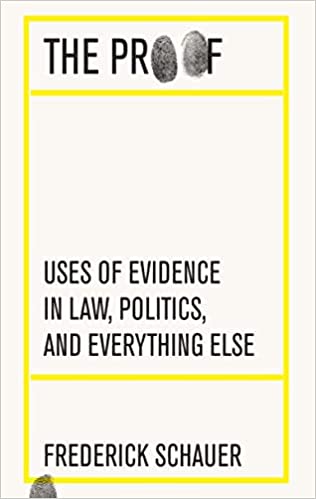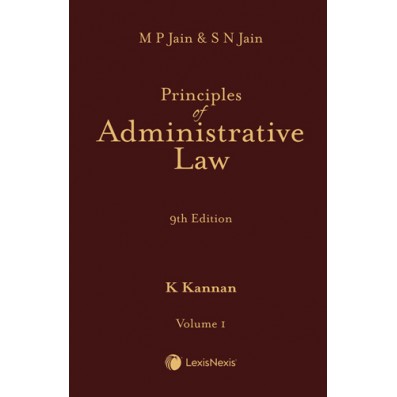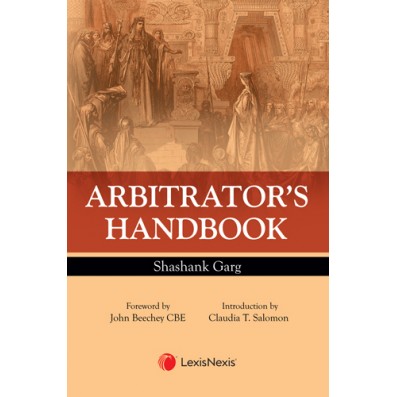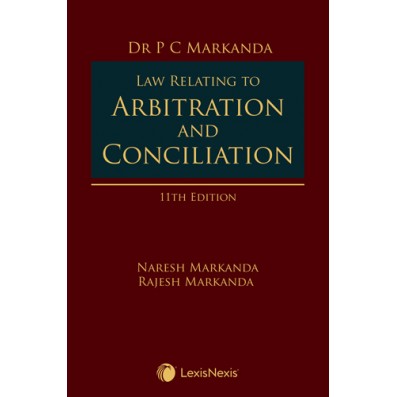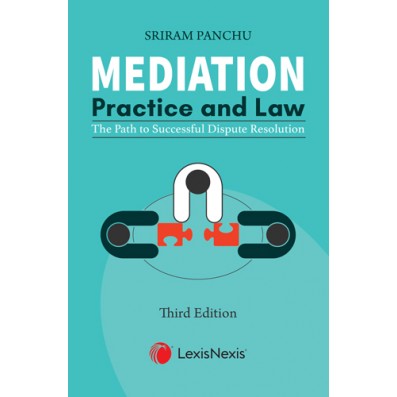Online Law Book Store in India | Law Books Shopping in Delhi
Featured Products
Law Relating to Arbitration and Conciliation
₹3,867.60
M.R.P.:₹ 4,395.00
You Save: ₹527.40 (12.00% OFF)
Mediation -Practice and Law (The path to Successful Dispute Resolution)
₹2,011.80
M.R.P.:₹ 2,395.00
You Save: ₹383.20 (16.00% OFF)
The Art of Negotiation and Mediation-A Wishbone, Funnybone and a Backbone
₹476.00
M.R.P.:₹ 595.00
You Save: ₹119.00 (20.00% OFF)


